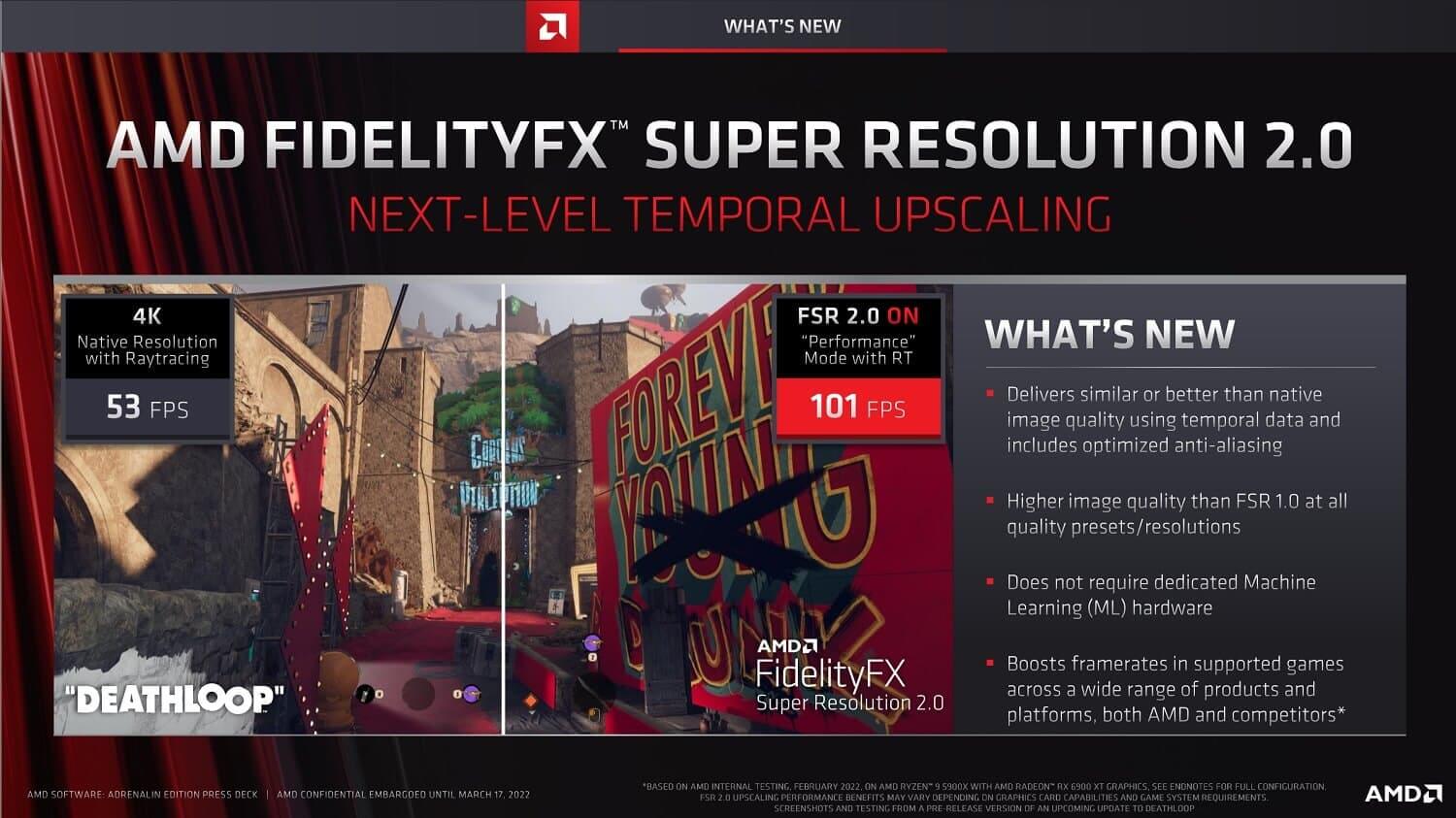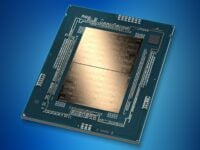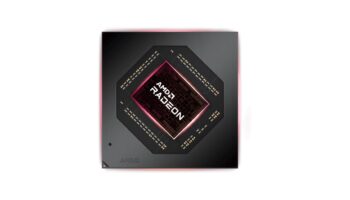AMD today showed off the second iteration of its FidelityFX Super Resolution technology along with the Radeon Software 2022 Update. FSR 2.0, much like its predecessor, won’t leverage any dedicated machine learning hardware and stick to temporal upscaling (as predicted a while back). Temporal upscaling (when used properly) can be very effective in reducing aliasing as well as scaling up an image to higher resolutions. FSR 2.0 promises to offer similar to or better than native visual quality by utilizing data from previous frames (temporally) while also anti-aliasing it.

It’s worth noting that NVIDIA’s DLSS 2.x algorithm also integrates a temporal upscaler and produces some excellent results, even beating native image quality at times. So what about FSR 2.0? Is it any good? More importantly, does it actually manage to beat native rendering quality or suffer from various artifacts like its predecessor? You decide:

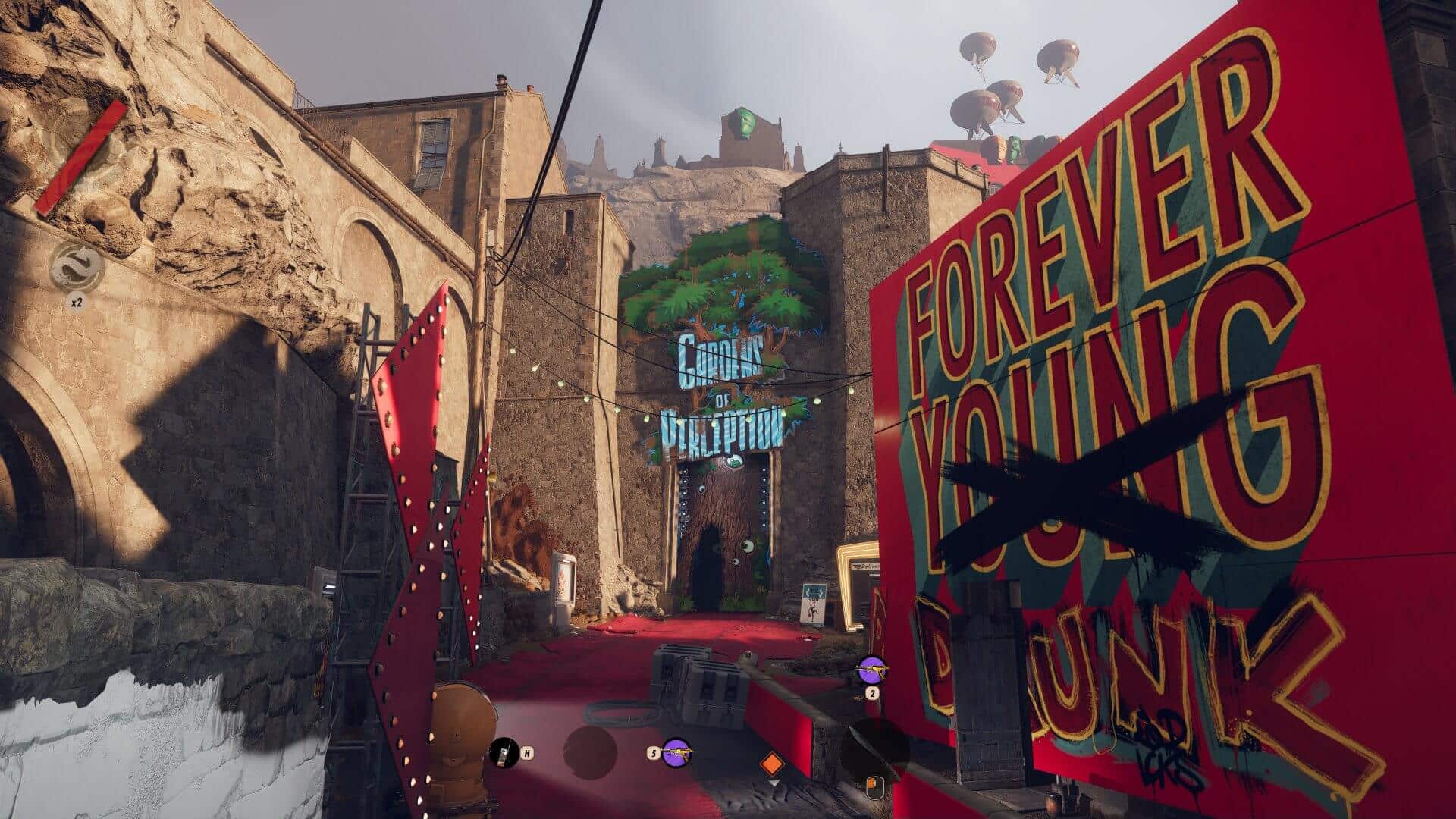

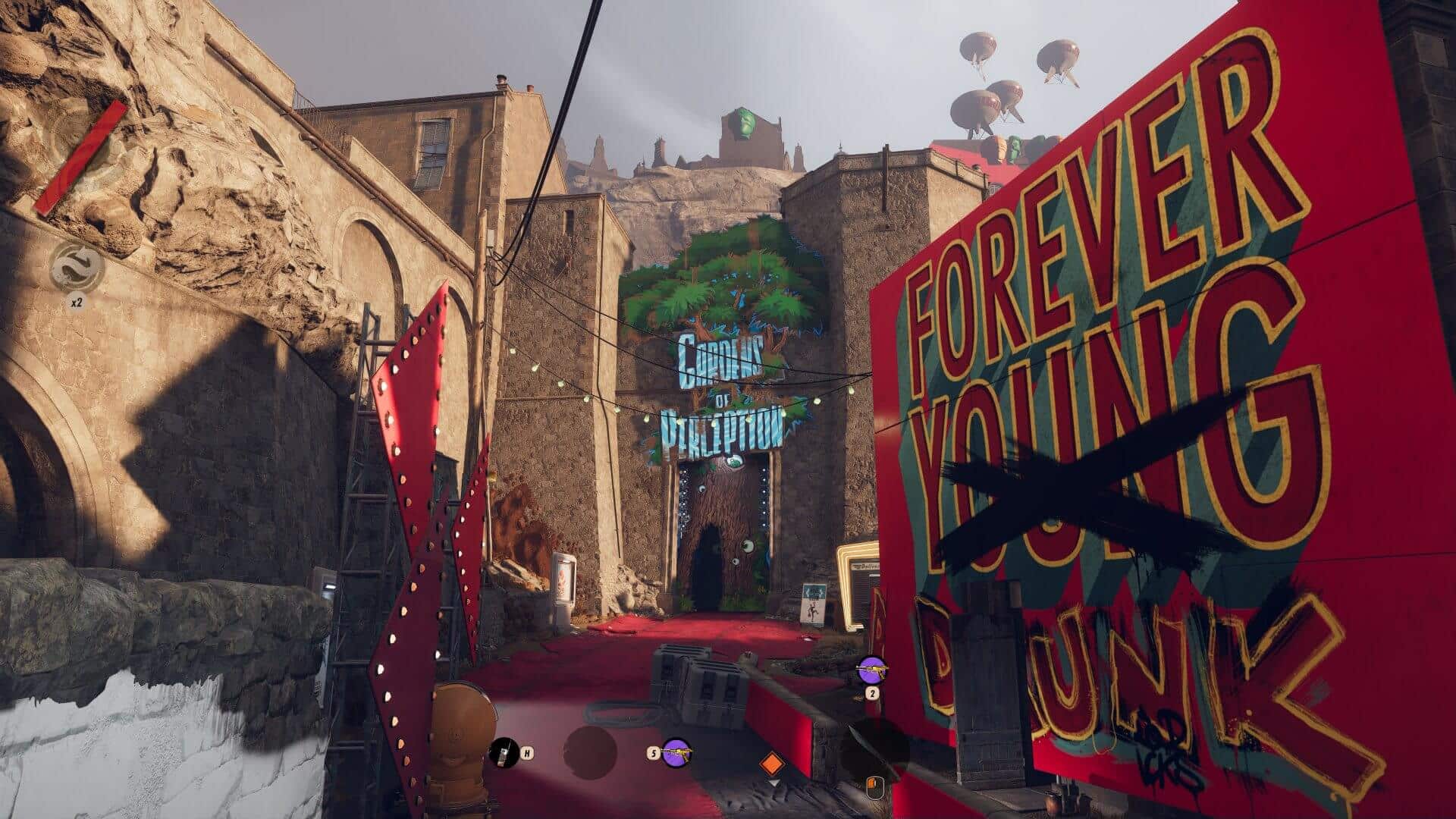
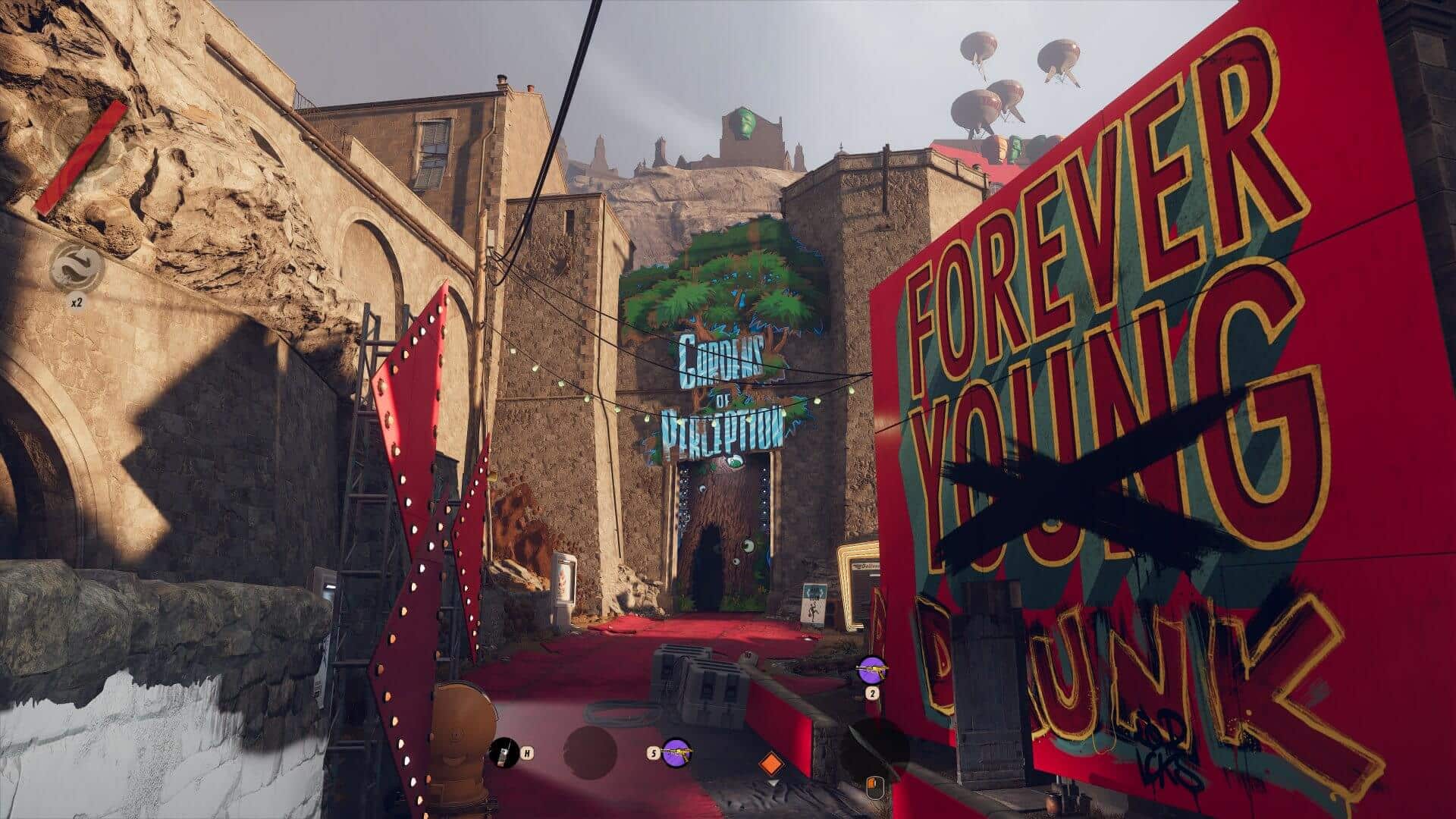





High-resolution images here.
You can learn more about FSR 2.0 during AMD’s GDC talk on the 23rd of March. It’ll start rolling out in the latest games in the second quarter of 2022.
